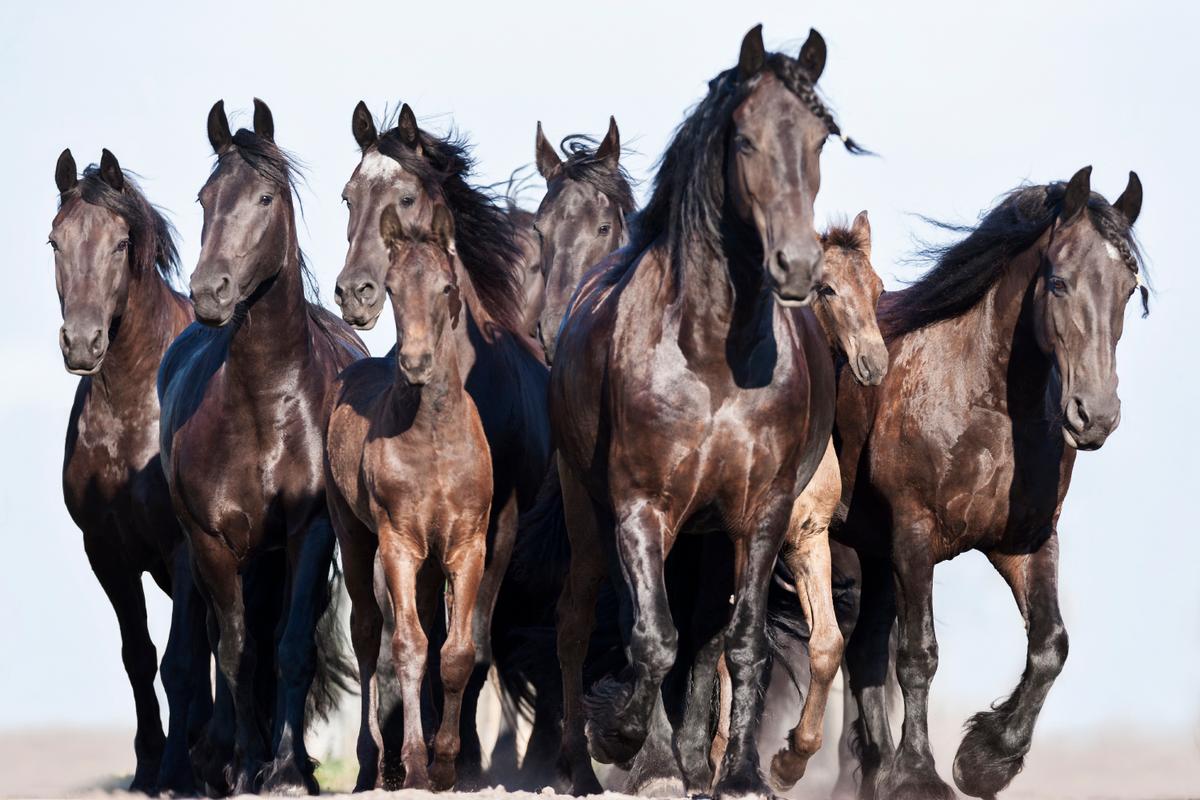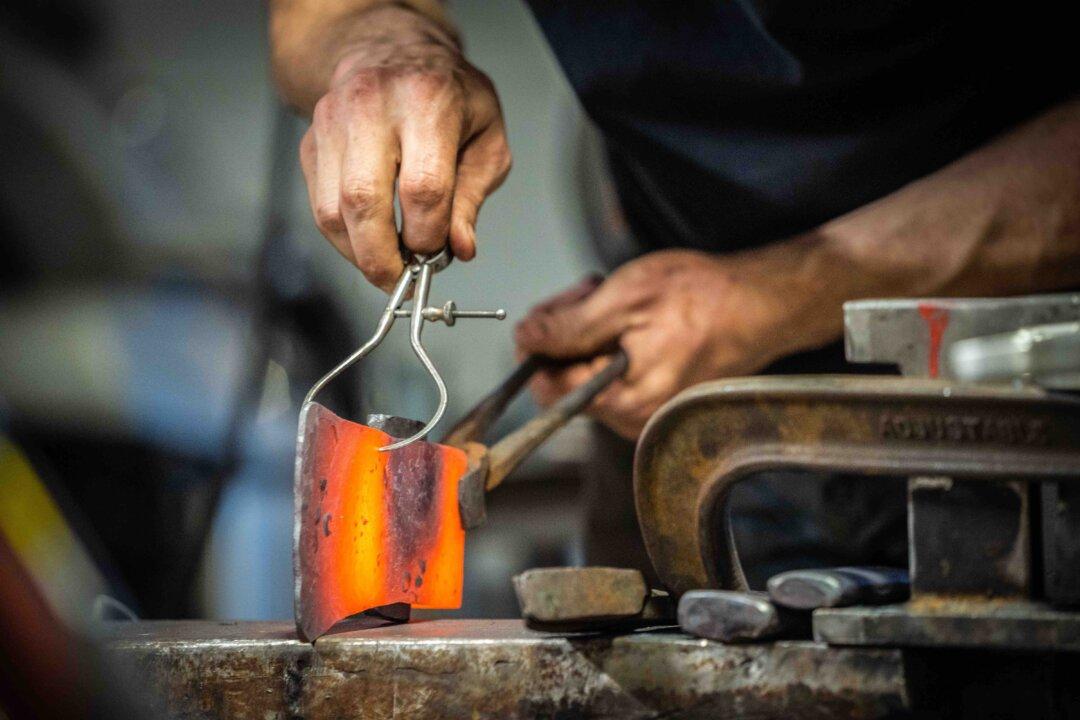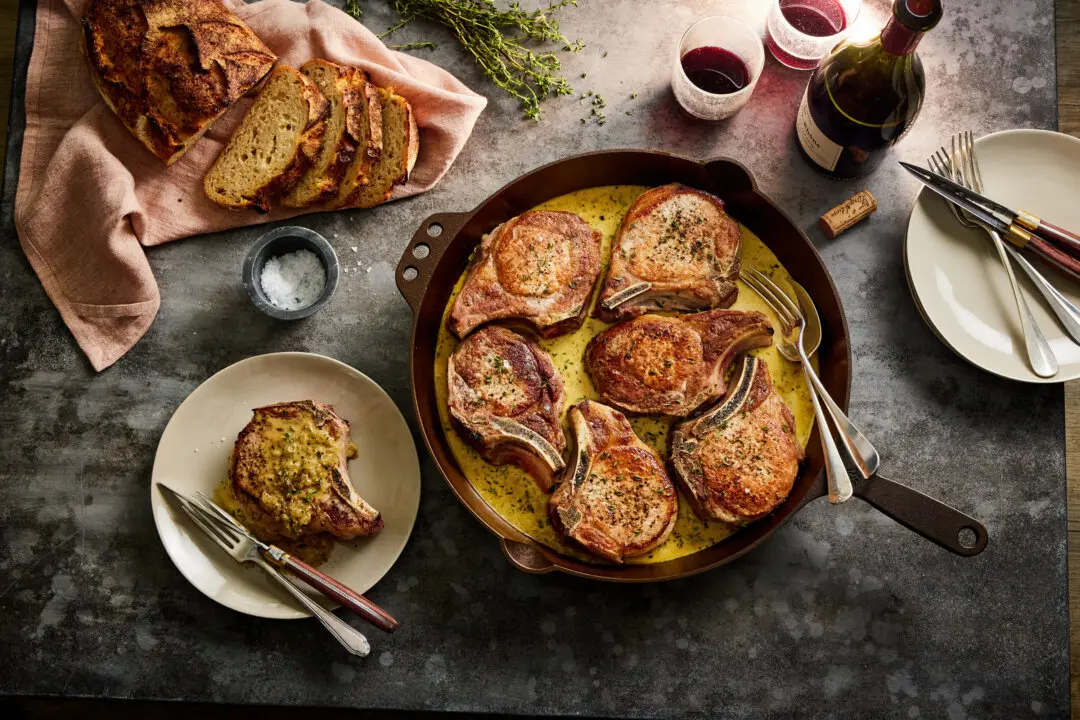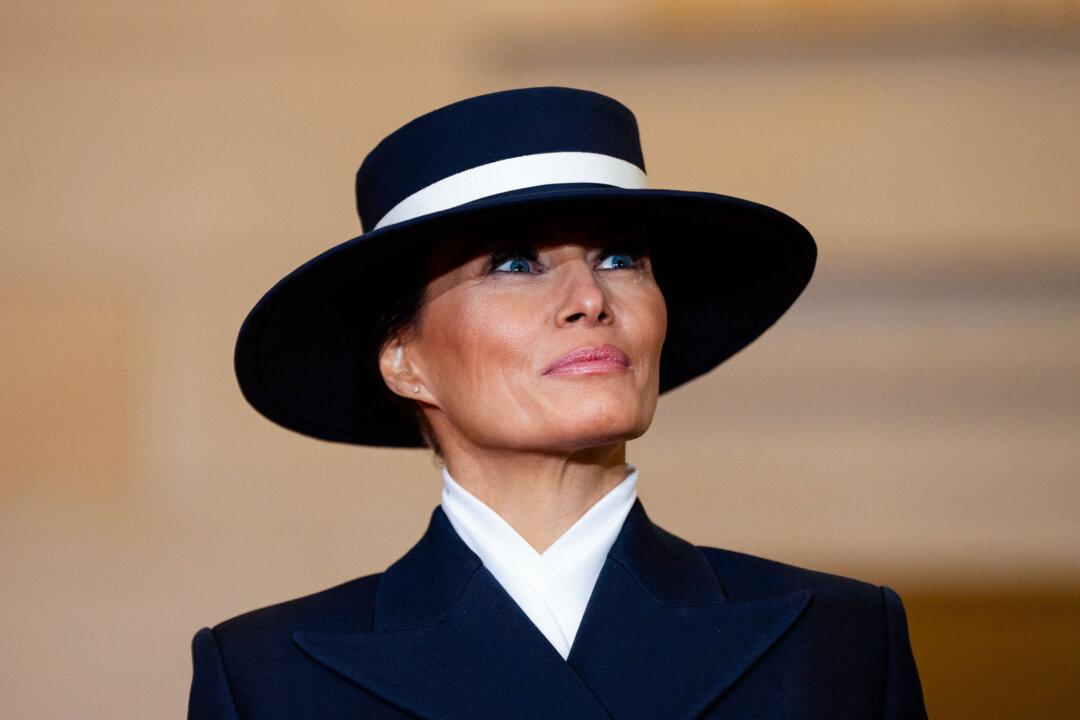A German woman with experience spanning 40 years in equine photography has photographed about 300 horse breeds; depicting their natural beauty and power in far-flung spots such as Bavaria, Iceland, and India, among numerous others.

Courtesy of Christiane Slawik






